
Sehila Mota Casper, executive director of Latinos in Heritage Conservation, stands by as community members partake in an oral history preservation project on Thursday, Nov. 6, 2025, at El Minuto Cafe in Tucson, Arizona. (Stephanie Casanova/CALÓ News)
Tucson, Ariz. – Nelda Ruiz wrote “viejitos/viejitas selling produce” on a blue Post-it note with arrows pointing east and west and stuck it on a map of Tucson’s south side along Drexel Road near Park Avenue.
Earlier, on an orange Post-it Note, she labeled the Barrio Monument in Rodeo Wash Greenway Park, which she and her family just called “el parque” growing up, on the same map. The monument, created using mosaic tile, honors local workers, depicting a seamstress on one side and a mechanic, carrying a child, on the other side.
Ruiz was one of 35 participants who attended Thursday’s “Latinx Legacies of Comida and Climate,” put on by the Latinos in Heritage Conservation‘s Abuelas Project, which aims to collect and map stories, movements and places to preserve history.
During the event at El Minuto Cafe, a legacy family business that has been in operation since 1936, participants were asked to identify places that bring them positive memories and share some of those memories on Post-it Notes.
Inside the historic restaurant, a vibrant painting of folklorico dancers with a woman in a traditional, colorful dress waving in the front decorated the bright pink wall. Around the corner in another room, large printouts of Lotería cards covered another wall. Black bowls of salsa decorated the tables as people snacked before the mapping exercise. During a dinner break, servers filled plates with beans, rice, mini-chimis, carne con chile rojo (red chile beef) and calabacitas and corn with queso (squash with melted cheese).

Claudio Rodriguez writes down a memory and maps it during an oral history preservation community gathering on Thursday, Nov. 6, 2025 at El Minuto Cafe in Tucson. (Stephanie Casanova/CALÓ News)
As people moved from table to table, labeling maps, they naturally shared stories from those places. People connected through a shared love of certain restaurants and public spaces and young and older Tucsonans learned from each other about what the city used to look like and how it has changed over time.
Sehila Mota Casper, executive director of Latinos in Heritage Conservation, said the intergenerational storytelling exhibited at the event was essential for sharing and preserving culture.
“That connection brings together that culture sharing, which eventually will help to preserve and conserve more and more of Latinx history throughout the country,” she said.
People often share stories around meals, Mota Casper said, which is why the organization is connecting people’s stories through food. Latines often talk about getting together with family for tamaladas (when families make tamales for the holidays), or they sit at the table with their tías to share chismes and stories, she said. These oral traditions have existed for generations in Latin American countries, she added.
“We know that food is memory,” Mota Casper said. “These are moments with family, and we can give many examples of stories about food… It’s something so beautiful.”
Advocating for preservation in the face of climate change
The organization is focusing on gathering stories from the borderlands in Texas, New Mexico, Arizona and California. Something they’ve found in every city they visit is that climate change is impacting food systems.
As immigrant and borderland communities are increasingly attacked, it’s more important than ever to capture these stories, Mota Casper said.
“People think that their stories are so mundane or they're not special,” she said, adding that the story mapping exercise helps people realize the importance of these places and stories.
Between assignments, people shared stories with the larger group about why they labeled or marked what they had done on the map.

A memory shared by a community member during an oral history preservation event on Thursday, Nov. 6, 2025, at El Minuto Cafe in Tucson. (Stephanie Casanova/CALÓ News)
Ruiz spent almost all her time on the southeast side map, sharing and mapping memories that were both happy and devastating, she said.
“Happy in the sense that I felt like I made some of the invisible things in my community visible,” she said. She was excited to share her memories of mobile food vendors selling fruits and vegetables on the street.
“That's what makes the south side rich,” Ruiz said. “It's like all those talents and skills that exist that are oftentimes hidden in plain sight.”
Ruiz sees south side neighborhoods and thinks of the many mesquite bosques that have been torn down to make way for new development. She thinks about this daily, she said, and feels devastated to see so much of Tucson’s natural vegetation has been replaced by homes.
Ruiz works as an organizer focused on environmental racism. It's work she's been involved in for almost 20 years in that part of Tucson.
“When I see new developments coming up, the first thing I see is all those vibrant ecosystems and relatives that have symbiotic relationships with not just other plants, but other species,” she continued. “And it truly kills me. It breaks every cell in my body and just brings this, like, tidal wave of sadness.”
Claudio Rodriguez, vice president of policy and advocacy at the Community Food Bank of Southern Arizona and Ruiz’s husband, spent a considerable amount of time on the map, focusing on the Southeast side of Tucson as well. It’s where he grew up, in a neighborhood near Alvernon Way and Drexel Road.
“That place used to be like a desert,” he said. “And now, my little desert got swallowed up by development, by different businesses.”

Claudio Rodriguez (left) and Nelda Ruiz (center) listen to others share stories of restaurants they've visited in Tucson on Thursday, Nov. 6, 2025, at El Minuto Cafe in Tucson, Arizona. (Stephanie Casanova/CALÓ News)
He said sharing stories around places can be powerful, especially when people share stories from the heart.
“You're showing people your roots… All these dishes, all these foods and all these places have roots, have stories, have art and now we get to hear them, and, I don't know, I feel like it's just important to preserve it,” Rodriguez said. “It gives people a better understanding of the landscape and the environment.”
The physical maps, notes and stories will be uploaded into an online story map, where staff members will add context about the places. The primary story for Tucson will center on the oral history of El Minuto Cafe, said Karina Amalbert, geospatial project manager for Latinos in Heritage Conservation.
People who participated in the workshop were also invited to go to the Abuela’s Project website and fill out a survey where they can share more about the places they mapped.
Desiree Aranda, historic preservation officer for the City of Tucson and one of the founders of Latinos in Heritage Conservation in 2015, said the information gathered at the event will help the city “identify potential future preservation efforts and inform a Mexican American Historic Context project that will launch in 2026.”
The Latinos in Heritage Conservation organization also opened applications for its Nuestra Herencia Grant program, which supports other Latine-led or Latine-serving nonprofits that preserve Latine history.
Rodriguez said he enjoyed seeing how everyone connected to their past and to one another.
“It was good to see everybody just like, kind of dig back into childhood memories of where they grew up,” he said. “And even when people talk about, like, just a restaurant, or just a site that they learned how to cook, or some place that they found special, they also talked about the journey of how they got there, which was amazing.”
Stephanie Casanova is an independent journalist from Tucson, Arizona, covering community stories for 10 years. She is passionate about narrative, in-depth storytelling that is inclusive and reflects the diversity of the communities she covers. She recently covered the criminal justice beat at Signal Cleveland, where she shed light on injustices and inequities in the criminal legal system and centered the experiences of justice-involved individuals, both victims and people who go through the system and their impacted loved ones.

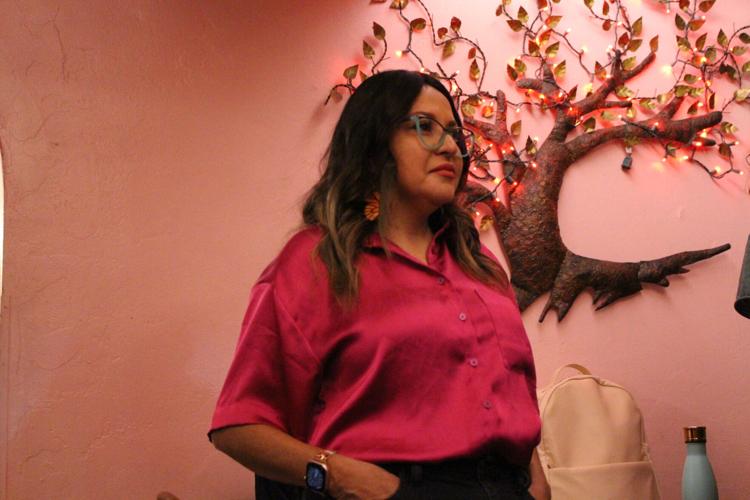
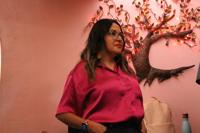


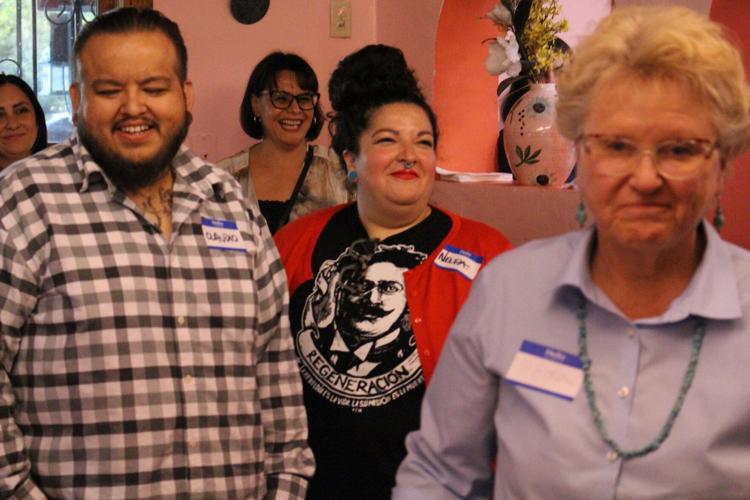
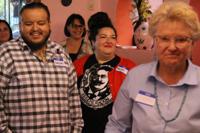
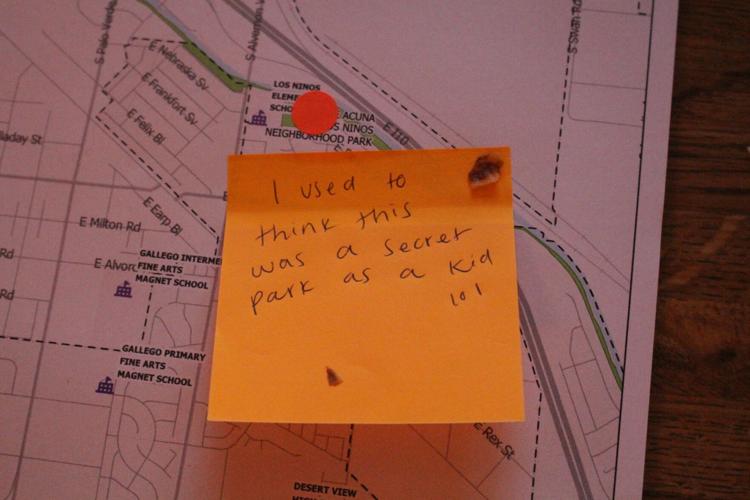
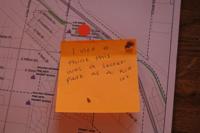










(0) comments
Welcome to the discussion.
Log In
Keep it Clean. Please avoid obscene, vulgar, lewd, racist or sexually-oriented language.
PLEASE TURN OFF YOUR CAPS LOCK.
Don't Threaten. Threats of harming another person will not be tolerated.
Be Truthful. Don't knowingly lie about anyone or anything.
Be Nice. No racism, sexism or any sort of -ism that is degrading to another person.
Be Proactive. Use the 'Report' link on each comment to let us know of abusive posts.
Share with Us. We'd love to hear eyewitness accounts, the history behind an article.